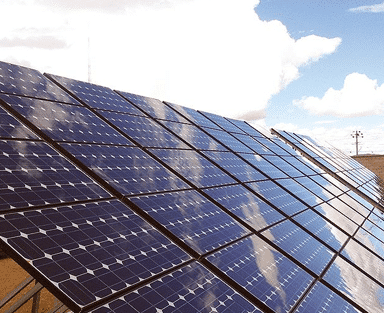Application of Cooling Equipment Units in the Solar Energy Industry
Background of Application
In the solar energy industry, cooling equipment units are critical for enhancing energy conversion efficiency, ensuring system reliability, and extending operational lifespan. Both photovoltaic (PV) and concentrated solar power (CSP) systems generate significant heat during operation. Inadequate heat dissipation can lead to reduced component efficiency, accelerated material degradation, or even system failures. Cooling equipment optimizes thermal management to maximize energy output and maintain stability under extreme conditions.
Key Application Scenarios
- PV Module Manufacturing:
- Silicon Purification & Wafer Cutting: High-temperature furnaces require precise cooling during silicon refinement and wafer slicing to prevent thermal stress-induced fractures.
- Thin-Film battery Coating: Cooling systems stabilize temperatures in vacuum coating chambers, ensuring uniform deposition for thin-film solar cells.
- PV Power Systems:Inverter Cooling: Liquid or air cooling prevents overheating of high-power inverters during energy conversion, improving efficiency.
- PV Panel Temperature Control: Cooling technologies (eg., water-cooled backsheets) reduce panel surface temperatures in hot climates, boosting power generation.
- Concentrated Solar Power (CSP) Systems
- Molten Salt Thermal Storage: Cooling equipment regulates temperatures (>500°C) in molten salt systems to prevent pipeline corrosion and energy loss.
- Steam Turbine Cooling: Cooling systems maintain condenser vacuum levels in CSP steam turbines to ensure efficient thermoelectric conversion.
Solar Panel Recycling
- Cooling systems suppress toxic gas emissions (eg., hydrogen fluoride) during dismantling of end-of-life panels, ensuring safety and environmental compliance.
Key Advantages :
- Enhanced Energy Efficiency: Mitigates power loss caused by the “temperature coefficient” in PV panels and inverters.
- Extended Component Lifespan: Protects materials (eg., EVA encapsulants, junction boxes) from heat-induced degradation.
- Extreme Environment Adaptability: High-temperature and dust-resistant cooling systems support PV plants in deserts or high-irradiation regions.
- Sustainability: Waste heat recovery technologies repurpose excess heat for district heating or industrial processes, enabling circular energy use.




